Dutch Rapporteur on
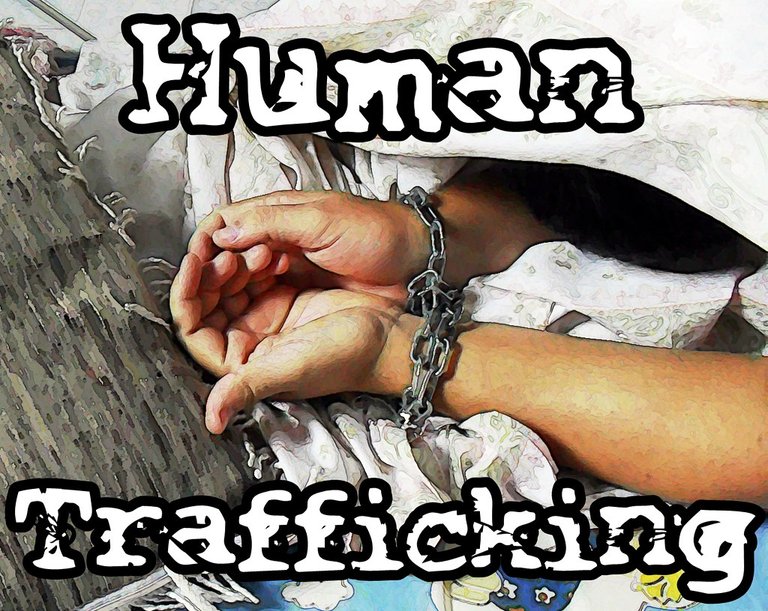
During my travels I was able to attend a lecture from one of the members of the Dutch Rapporteur, this is the presentation that was done on the lecture and research into the issue.

Corinne Dettmeijer-Vermeulen is the current Dutch Rapporteur after being a judge in a district court in the Hague. She was appointed in 2006 and her mandate is to report on the nature and extent of human trafficking and sexual violence against children and the effects of government policies.
The Rapporteur is independent and reports to the government. They have no criminal investigation powers and do not perform a law enforcement role. The data is gathered from government agencies, private organizations, and international groups and collated into policy recommendations and education programs.
Human Trafficking
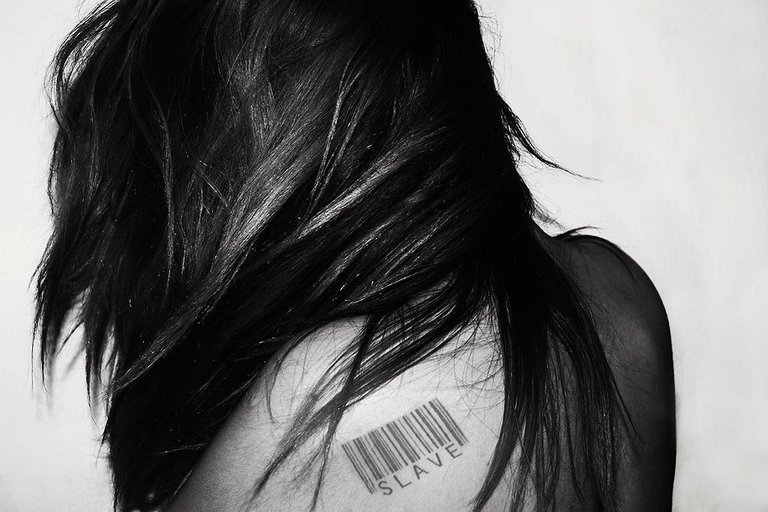
Modern Day Slavery
-
Sexual Exploitation
- The prostitution sector is prone to trafficking due to the inconsistent regulations, laws, and lack of awareness in regards to human trafficking issues
-
Labor and Service Exploitation
- Labor exploitation in the form of agricultural workers, catering industry, and charity fraud is largely unseen and difficult to detect
-
Organ Trade
- Organ trade and paid surrogacy are issues, but have not been shown to be prevalent in the Netherlands but are being monitored should the issue arise
Sexual Exploitation
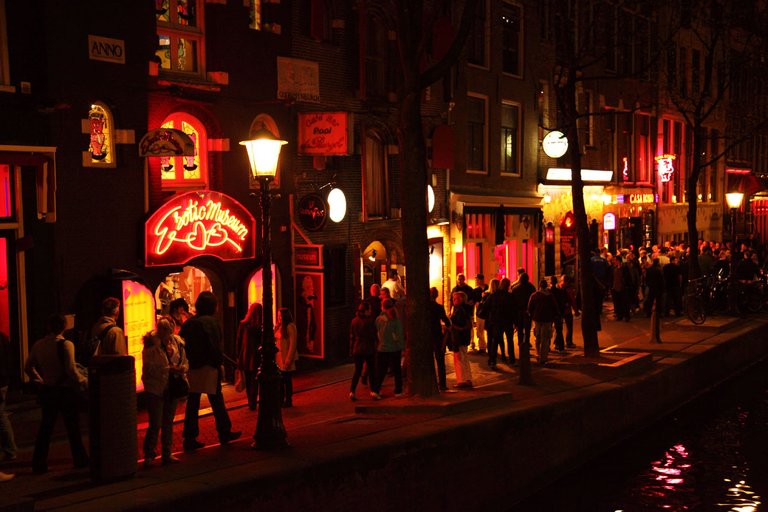
The majority of human trafficking is for sexual exploitation with most victims being between the age of 18 and 30. While prostitution is legal, forcing individuals into the trade is not. Due to the nature of the laws in the Netherlands it is far more difficult to determine if an individual is working in the sex trade of their own free will or under duress.
Labor and Service Exploitation
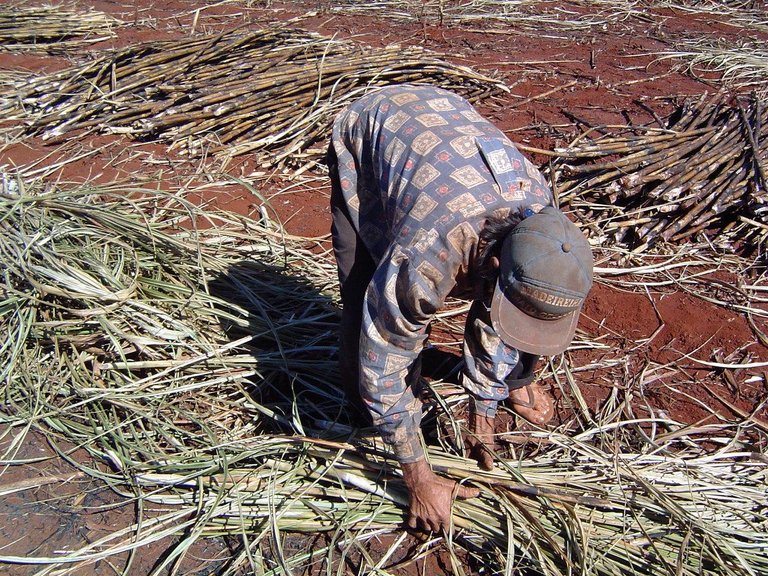
Agriculture, horticulture, and the catering industries are where labor exploitation occurs. Some victims are forced into begging and applying for government welfare. Most victims are adults above the age of 30. This is also the largest type of exploitation for men and one of the most difficult to discover. The difficulty lies in the relative anonymity of those being exploited as well as their seclusion from the majority of the population.
Organ Trade

The organ trade includes organ transplant, paid surrogacy, or forced surrogacy. While not currently a problem for the Netherlands, however; the Dutch Rapporteur recommends vigilance as they are concerned that people are travelling outside of the country to sell organs according to doctors and other healthcare professionals who have reported questionable surgeries or ailments during patient visits.
Perpetrators
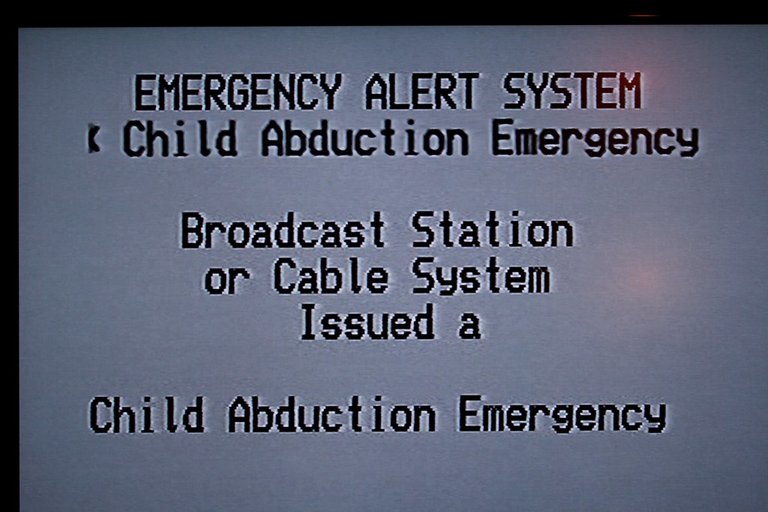
Largely use emotional and psychological pressure, and threat of violence as methods of recruiting victims. Perpetrators are usually male, between the age of 28 and 34, and are from the Netherlands. These pimps and recruiters have a criminal record more often than other offenders. The transporters who are bringing people into the country are more likely to be from Central or Eastern Europe.
Victim Statistics



These graphs are taken from The Rapporteur's reports and show that 85% are adults and 15% are minors, 75% of whom are foreign nationals with a breakdown of each industry they are forced into. The criminal investigations are used as population samples to validate the other data gathered elsewhere.
Child Victims

Child sexual exploitation is often domestic, typically by an adult in charge of their care. The victims are mostly girls who are either adolescent and post-adolescent.
Combating Human Trafficking
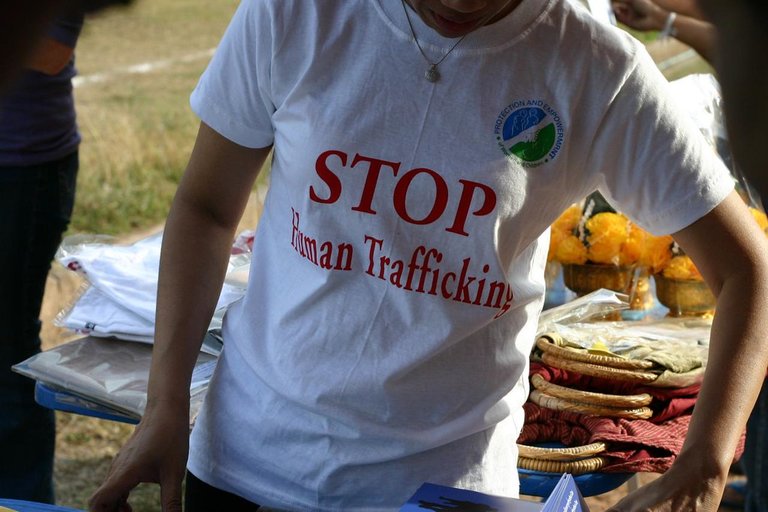
Legal Means
- Law
- In Dutch law forcibly recruiting, transporting, moving, accomodating or sheltering another person with the intention of exploiting that other person is punishable as THB. (The intention of) exploitation is at the core of human trafficking. Exploitation occurs in the sex industry, for instance when someone is forced to work as a prostitute. But it also happens in other sectors of the economy, when someone is made to work under such bad conditions and circumstances that human rights are infringed upon. Also punishable as THB is forcibly recruiting, transporting, moving etc. another person with the intention of removing his or her organs. This is laid down in Article 273f of the Dutch Criminal Code.
- EU Directive 2011/36/EU
- Identify, study, combat, and prevent human trafficking using existing law enforcement measures of member states, and supporting victims
- UN Palermo Protocol
- Promote among member states the suppression of human trafficking
Policies
- Duty to Report
- Protection for foreign victims
- Care of victims
- Improve police statistics for greater visibility
- Register cases by type of exploitation
- Record all complaints regardless of prosecution
Education

- Prevention programs that teaching and understanding of sexual violence
- Educate people about what sexual violence is and how to tell if someone is in need
Conclusion

Human trafficking happens in every single country and is very difficult to combat. There are more slaves now than there have ever been in the past and the problem continues to grow. It is up to society to help those who are being abused and exploited by being aware of the issues and how to recognize the signs in order to get these victims the help they need. If you suspect a case of human trafficking you can contact a hotline in order to notify those who can help.
- United States National Human Trafficking Resource Center: 1 (888) 373-7888
- European Union hotlines by country
References
- About Us. (n.d.). Retrieved May 15, 2015, from http://www.dutchrapporteur.nl/about/
- Article 273F Dutch Criminal Code. 1st ed. Web. 15 May 2015.
- Directives. 1st ed. Official Journal of European Union, 2014. Web. 15 May 2015.
- PROTOCOL TO PREVENT, SUPPRESS AND PUNISH TRAFFICKING IN PERSONS, ESPECIALLY WOMEN AND CHILDREN, SUPPLEMENTING THE UNITED NATIONS CONVENTION AGAINST TRANSNATIONAL ORGANIZED CRIME. 1st ed. Web. 15 May 2015.
- National Repporteur on Trafficking in Human Beings and Sexual Violence against Children,. Trafficking In Human Beings. Visible And Invisible II. A Quantitative Report 2008-2012. 2014. Print.
- National Repporteur on Trafficking in Human Beings and Sexual Violence against Children,. Ninth Report On Trafficking In Human Beings. 2013. Print.
- National Repporteur on Trafficking in Human Beings and Sexual Violence against Children,. Rapporteur Concerned At Results Of Study On Organ Trafficking. 2014. Web. 15 May 2015.